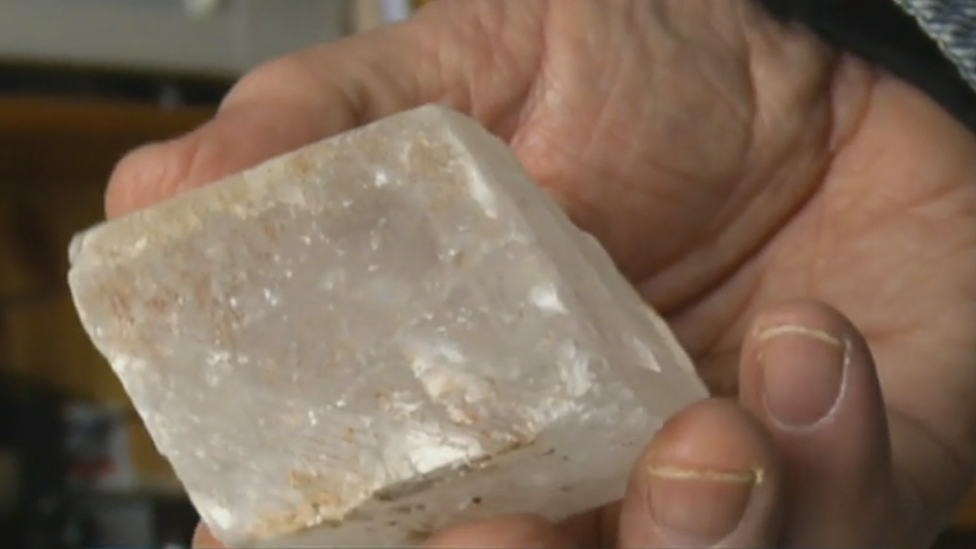Kernowite: New mineral found on rock mined in Cornwall
- Published

Kernowite has a distinctive dark green colour
An "amazing" new type of mineral has been discovered by scientists analysing a rock mined in Cornwall about 220 years ago.
The dark green mineral has been named kernowite after Kernow, the Cornish language word for Cornwall.
A group led by Natural History Museum (NHM) mineralogist Mike Rumsey made the discovery while studying a rock taken from Wheal Gorland mine in St Day.
Mr Rumsey said: "It's amazing that in 2020 we are adding a new mineral."
For centuries, mineralogists believed the green crystals to be a variation of another mineral, liroconite, but Mr Rumsey and his team found it has a different chemical composition.
Blue liroconite is highly prized by collectors around the world, and the majority of it comes from the Wheal Gorland site.

The mineral was discovered within a rock specimen that has been at the Natural History Museum in London since 1964
Cornwall has a rich mining history with Unesco world heritage status, external and is known globally for the discovery of minerals.
Mr Rumsey, principal curator of minerals at the NHM in London, said: "A lot of these discoveries happened over 100 years ago when the mines were still active, so the discovery of a new mineral from Cornwall, particularly one that is related to the region's most famous mineral, is really quite amazing.
"Considering how many geologists, prospectors and collectors have scoured the county over the centuries in search of mineral treasure, it's amazing that in 2020 we are adding a new mineral."

Mike Rumsey is principal curator of minerals at the Natural History Museum, which has one of the most important collections in the world
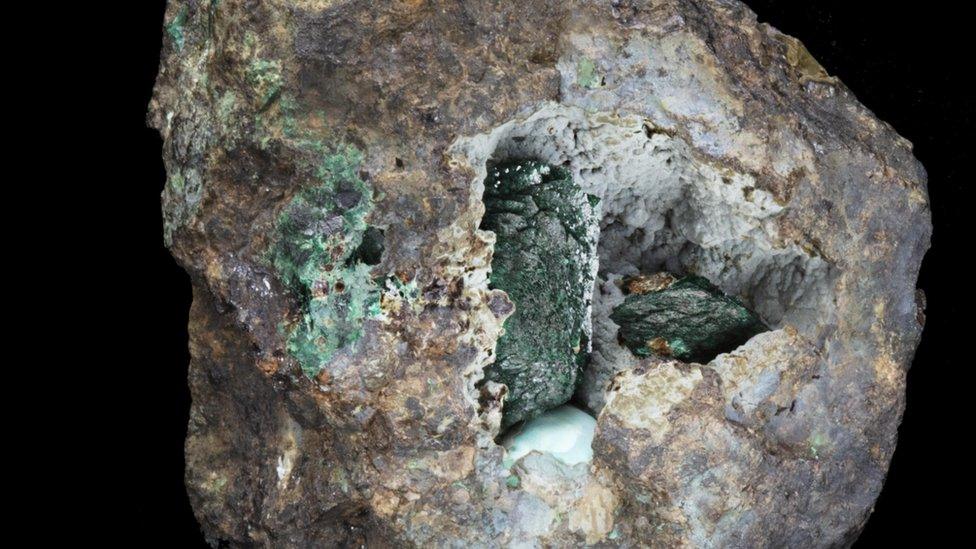
A new mineral is discovered in the UK every three or four years on average, according to the NHM
The new description has now been approved by the International Mineralogical Association, external and the new type will be published in Mineralogical Magazine, external next year.
Mr Rumsey said most liroconite comes from Wheal Gorland, adding: "The mine was used between around 1790 and 1909, but it has been demolished now.
"There is a housing estate on it and there is nothing left. It's an extinct locality, we can never go back."

The mine where it was discovered has now been built over
"What we've got is a bit like a little time capsule," Mr Rumsey said.
"The fact that this sample was preserved in a museum means that we can do this kind of research because we'd never be able to go back and collect any more."

What is a mineral?
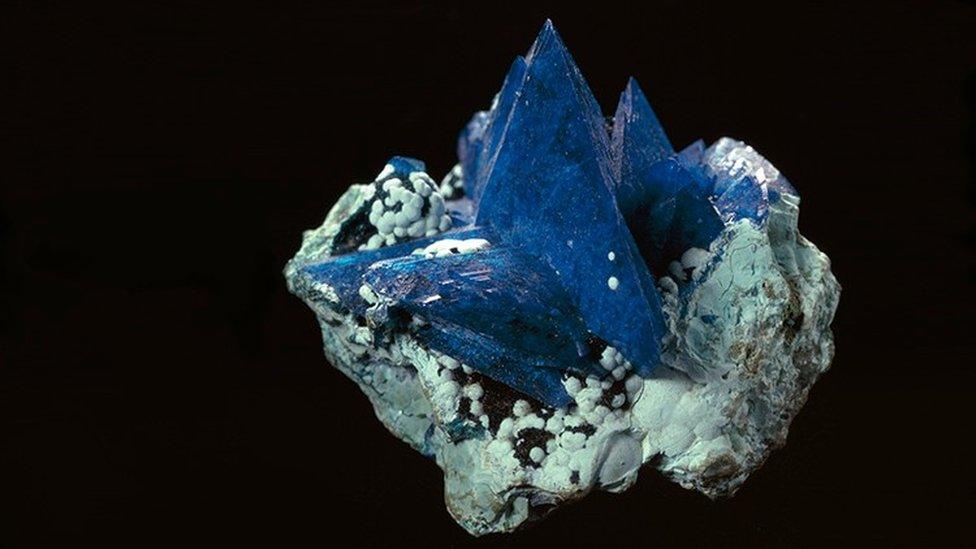
The structure of the crystals is the same as liroconite, but kernowite contains iron instead of aluminium, creating the different colour
A mineral is naturally occurring chemical substance formed by geological processes
A rock is an object formed of one, or many minerals in combination
Many minerals form beautiful crystals, the most prized being those with bright colours, glass-like transparency and attractive crystal forms
The gemstone minerals and their varieties, like diamonds, emeralds and rubies have been desirable since ancient times
The Natural History Museum's mineral collection is one of the most important and comprehensive collections of its type in the world, external, containing about 185,000 specimens
Related topics
- Published17 September 2020
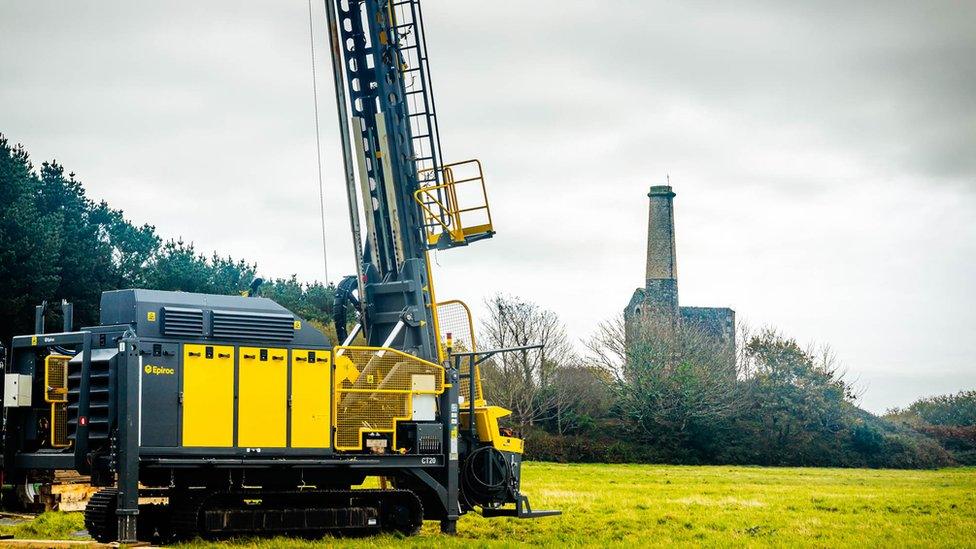
- Published10 January 2019
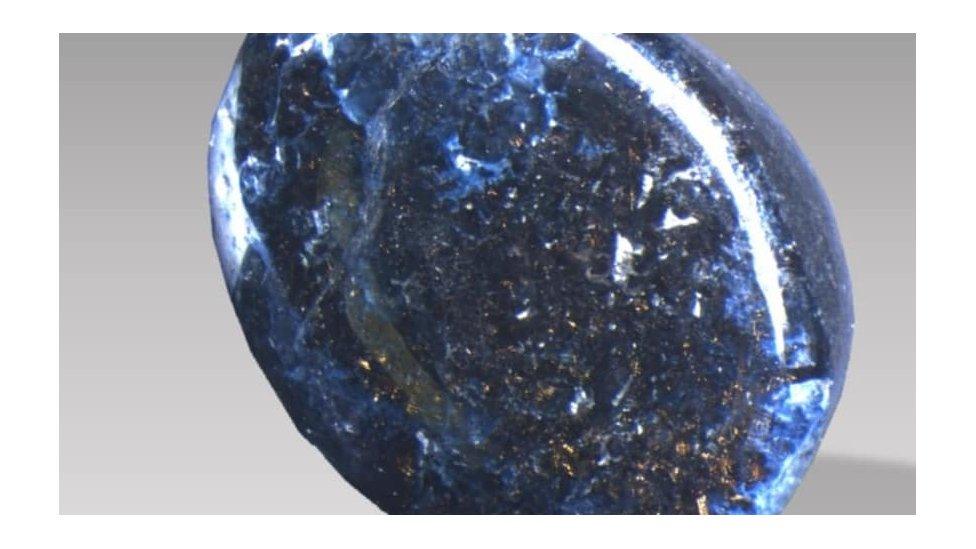
- Published23 March 2017
